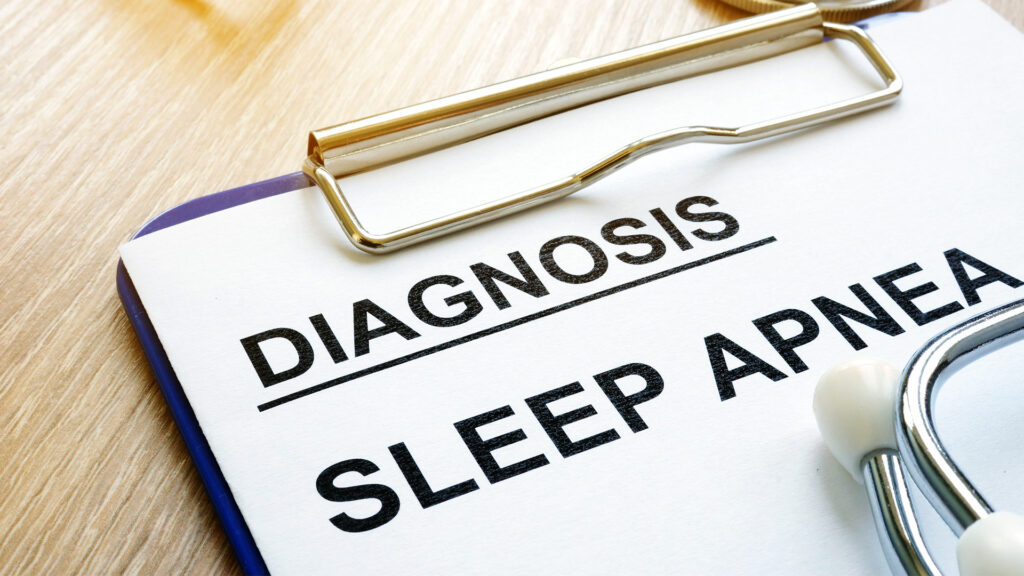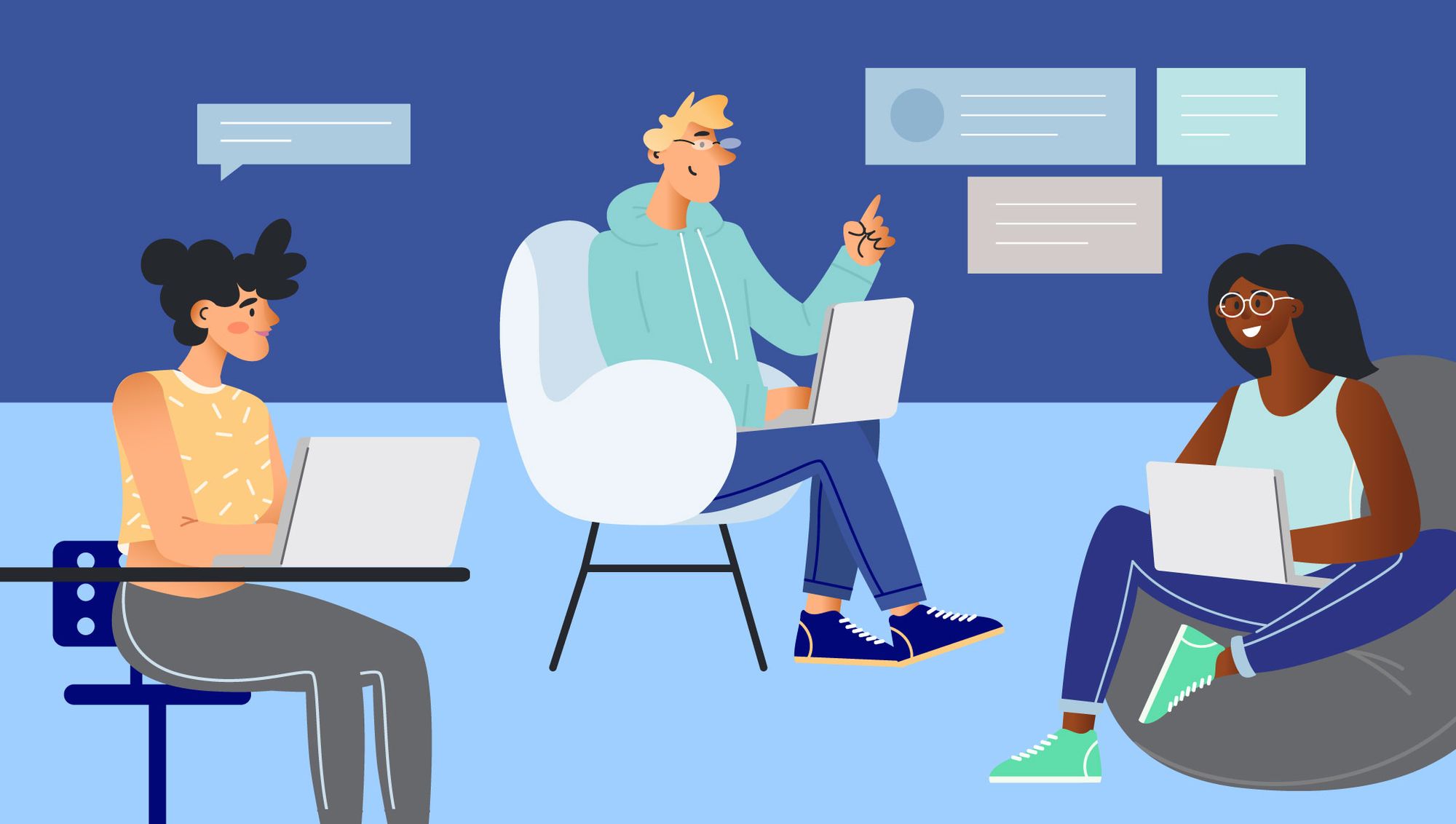
I know, I know — you’re sick of hearing about AI. Artificial intelligence is increasingly being used in the medical device industry, and has been making its way into sleep medicine. A hospital in China is using AI to improve the treatment of one of the world’s most prevalent sleep disorders — sleep apnea.
Sleep apnea is commonly undiagnosed — one estimate says that 90 percent of adults with sleep apnea don’t know they have it. (1) This is a huge problem, given the physical and mental health impacts of this sleep disorder, which include daytime fatigue and increased risk of cardiovascular disease, stroke, and metabolic syndrome. (2) A new device may be the key to this gap, and like many recent innovations, it uses AI to help.
Doctors at the China Medical University Hospital (CMUH) have developed a medical device that will hopefully help sleep apnea patients get sweeter dreams, hence the name “iDREAM” or “Intelligent Detection of Respiratory Events through Automated Monitoring.” (3)
A press release from CMUH explains that their Sleep Medicine Center has limited capacity and they’ve had an increased demand for overnight sleep studies. Additionally, the sensors used in the sleep study procedure can be anxiety provoking, potentially creating data inaccuracies, and technicians have to watch the recording and interpret data overnight. (3)
The iDREAM addresses all of these issues, with the press release saying that it’s an “easy-to-carry device” that can be brought home by patients for overnight monitoring. AI allows for quick analysis of ECG (electrocardiogram) data, potentially reducing the scheduling and staffing issues faced at hospitals. (3)
iDREAM certainly sounds like a dream for sleep apnea patients, but will it work?
The press release says that the device has been 98.5 percent accurate in detecting severe obstructive sleep apnea and that over 100 patients have been in clinical trials for the device. That said, iDREAM is still in the process of clinical testing. (3)
What Is an At-Home Sleep Apnea Study?
Since the iDREAM is still in clinical testing, it likely won’t be available for patients in the near future. So, we asked Dr. Shelby Harris, Director of Sleep Health at Sleepopolis, how existing home sleep apnea studies work. Harris explained that home sleep studies may not be as accurate as an overnight sleep study conducted in a lab.
“Home sleep apnea studies are more and more common and most sleep doctors use them. However, they are more like screeners… if you have sleep apnea on a home sleep study, then it is very likely you have sleep apnea.” (4)
Harris explained that a negative result on a sleep study should not be considered as an all clear.
“If you come up as negative on a sleep study, it doesn’t necessarily mean with certainty that you do not have sleep apnea and if your doctor suspects apnea is an issue you might then require an in-lab study.”
That said, Harris also told us that at-home sleep studies can be particularly helpful for people that struggle to sleep in different environments like a lab. And, they are less expensive than in-lab alternatives. “More and more home sleep studies are the first line of evaluation for many people with suspected apnea, ahead of in-lab studies which are more costly.”
New advancements in sleep medicine will hopefully allow for smoother sleep study experiences, and the Sleep Medicine Center at CMUH is not the only team utilizing AI for sleep apnea detection. Sam Rusk, co-founder and Chief AI Officer of EnsoData, told Sleep Review, “AI is particularly good at processing large volumes of sleep studies and predicting sleep apnea markers consistently.” (5)
While the iDREAM device is still in clinical trial, there’s no doubt that we’ll see an increase in AI solutions in the sleep medicine industry in the near future.

Sources
- Finkel, Kevin J et al. “Prevalence of undiagnosed obstructive sleep apnea among adult surgical patients in an academic medical center.” Sleep medicine vol. 10,7 (2009): 753-8. doi:10.1016/j.sleep.2008.08.007
- The Mayo Clinic. “Sleep Apnea.” April 6, 2023. https://www.mayoclinic.org/diseases-conditions/sleep-apnea/symptoms-causes/syc-20377631
- China Medical University Hospital. “China Medical University Hospital (CMUH) Developing iDREAM to Detect Sleep Apnea at Home.” PR Newswire. March 30, 2024. https://www.prnewswire.com/news-releases/china-medical-university-hospital-cmuh-developing-idream-to-detect-sleep-apnea-at-home-302103407.html
- Harris, Shelby. Personal interview. April 3, 2024.
- Carlson, Ann H. “The Rise of AI in Sleep Medicine.” Sleep Review. August 7, 2023. https://sleepreviewmag.com/sleep-diagnostics/connected-care/ai-machine-learning/rise-ai-sleep-medicine/




























